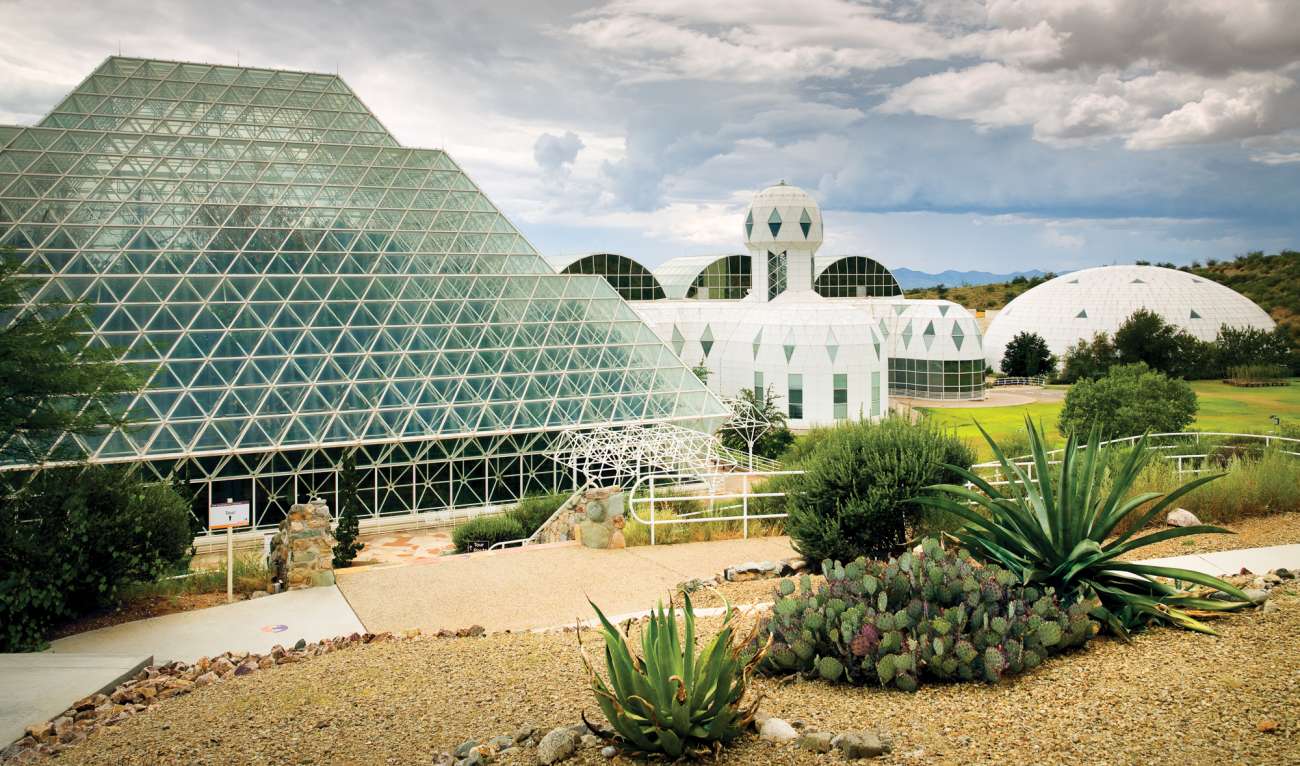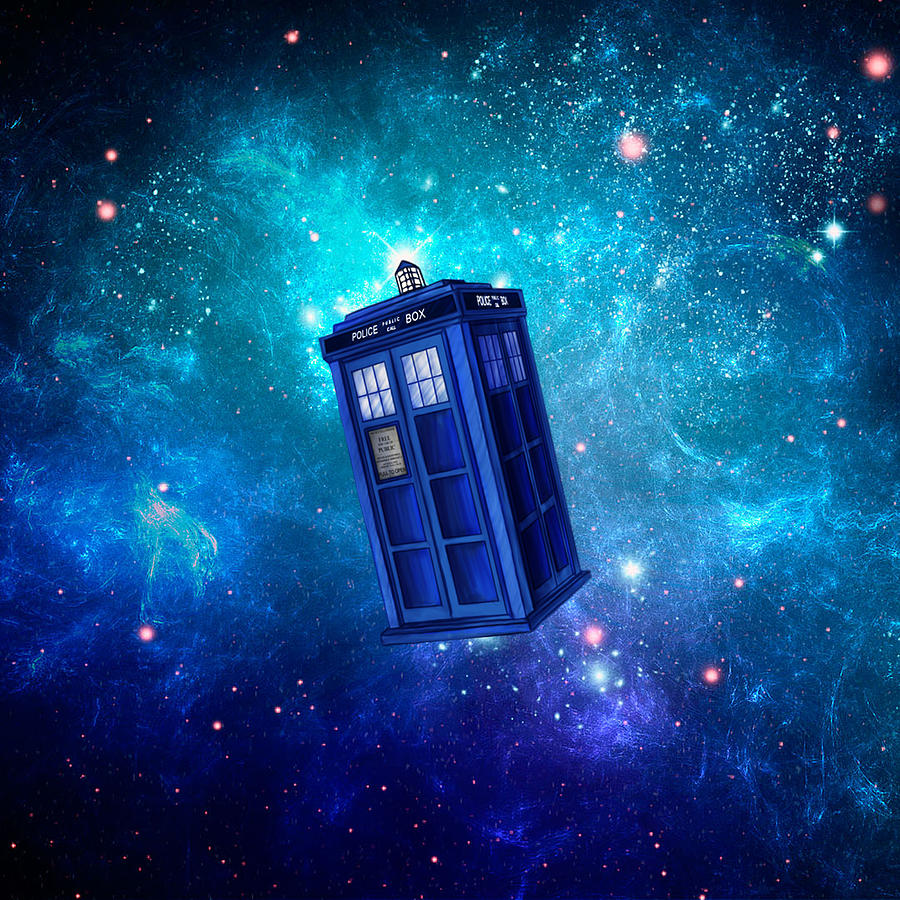Mufasa: Everything you see exists together in a delicate balance. As king, you need to understand that balance and respect all the creatures, from the crawling ant to the leaping antelope.
Simba: But, Dad, don’t we eat the antelope?
Mufasa: Yes, Simba, but let me explain. When we die, our bodies become the grass, and the antelope eat the grass. And so we are all connected in the great Circle of Life.
(Hey, who else is nostalgically hyped for the Lion King?)

Obviously, actual ecosystems don’t work that way. In Mufasa’s circle, if one of the nodes disappears due to a mysterious antelope-plague, all of life would break down. But more likely, the lion would eat a zebra instead. And if there is no grass, the herbivore will eat some leaves of a tree. (Okay, I know that Scar then went ahead to mismanage everything and life did basically die, but there’s also the part where the little plant breaks through showing that life finds a way.)
Ecosystems are intricate webs where everything is connected to everything. If one thing falls away, the balance probably shifts, but it wouldn’t be a full-blown mass extinction. Even if all bees disappear, we’d end up being okay.
We don’t fully understand the intricacies of the ecosystem. We’ve tried, for example through the Biosphere 2 project (planet Earth was considered number 1). This artificial earth was built in the late ’80s in the middle of the desert in Arizona. The “bubble in the desert” was intended as a testing facility, creating a “closed system” where nothing would come in or go out, recreating different natural biomes on a smaller scale to test if a small little earth with human interference would be sustainable.
One of the goals of this facility was to see how we would build human habitats in space, and whether such closed ecological could be maintained. Remember how in the Martian, Watney had to do crazy science to be able to grow potatoes (which is “kind of really possible”, apparently)?

We wanted to recreate a complete ecosystem and failed. Biosphere 2 is on the list of the 100 worst ideas of the 20th century. We obviously do not understand complete ecosystems enough to create an artificial one. It should be noted, though, that the crew members, who spent the full 2 years in the sphere, call the experiment a success.
I am currently watching The Expanse, and in one of the episodes, they talk about the Cascade. This describes how one element in a closed system breaking down (in this case an agricultural biosphere on one of Jupiter’s moons) leads to the whole system will fail in a cascade of events we cannot predict. Cut out the lions at the top of the food chain, and the antelopes will overgraze the grass and everything will die.
We can try to recreate a tiny world, completely isolated from everything else, but do we really know enough to make it work? It’s not a circle of life, life’s an intricate mumble jumble of wiggly squiggly connections and wow I just sound like the doctor talking about time.

Inspiration for this post was an article in ARCADE 37.1 by Nicole DeNamur: Recognizing our environmental arrogance: what an artificial earth taught me about failure

